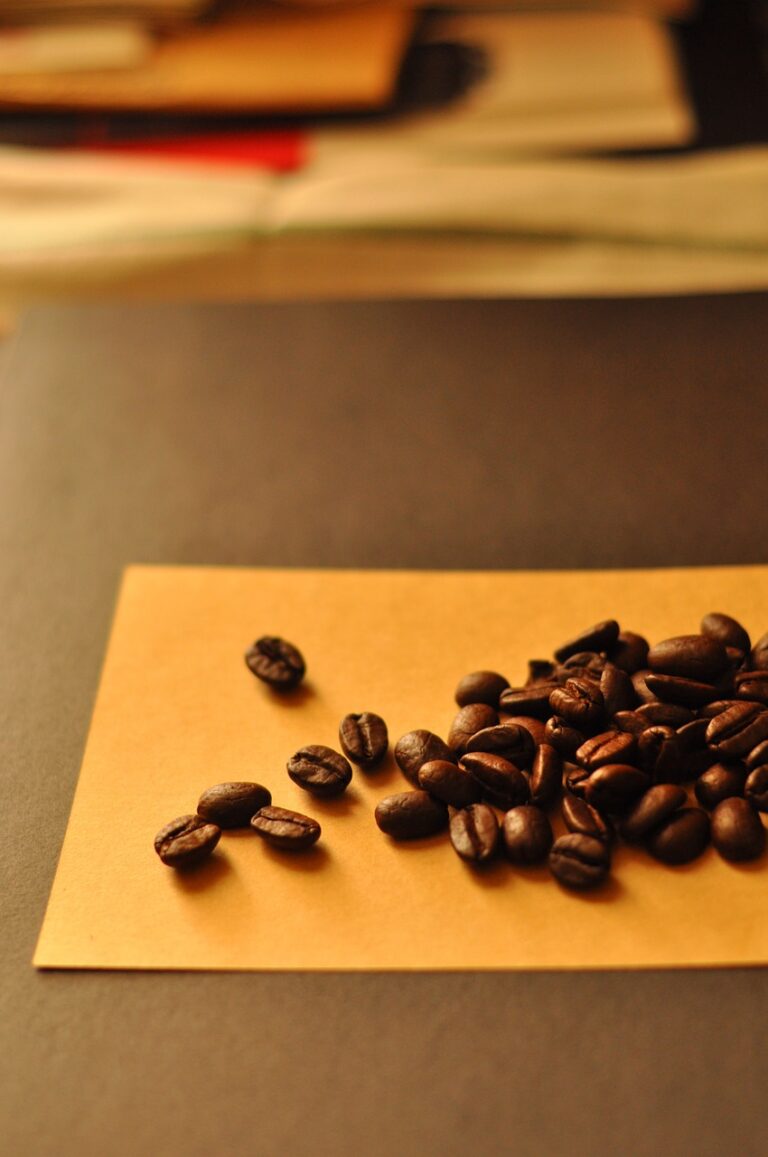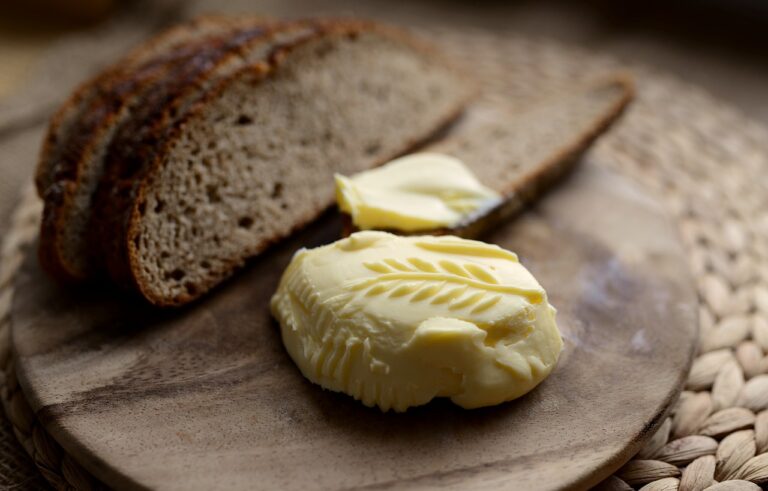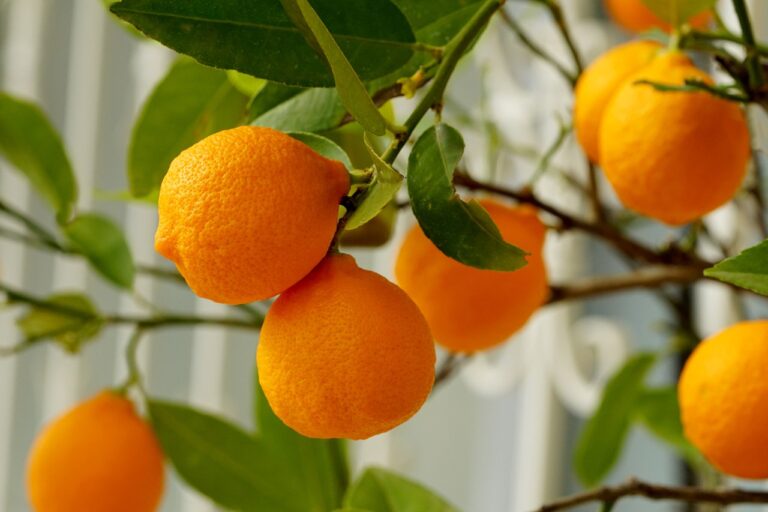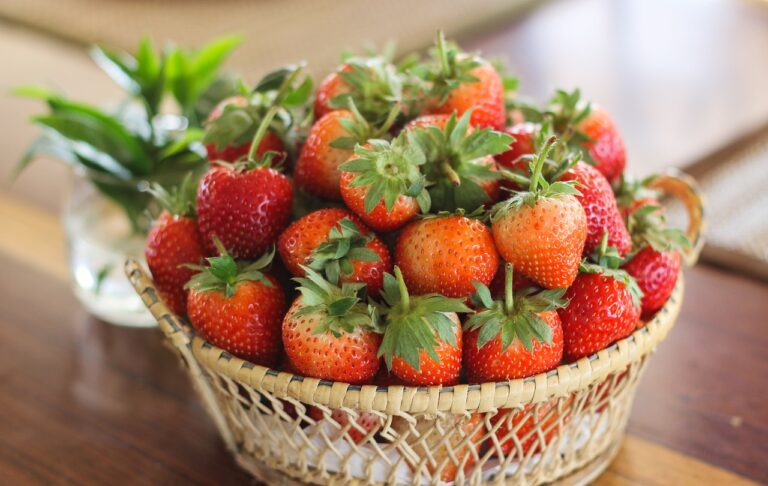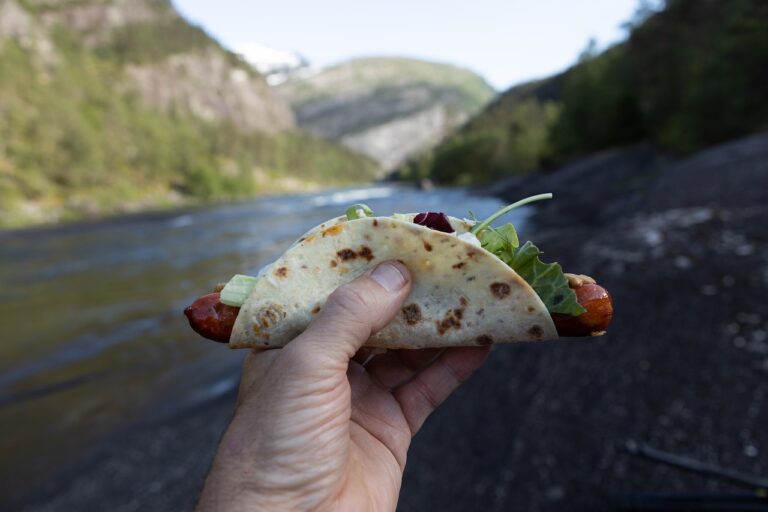Food and Culture: Exploring Culinary Traditions Around the World
Italian culinary traditions are deeply rooted in the country’s rich history and diverse regions. From the hearty pasta dishes of the south to the delicate risottos of the north, Italy offers a variety of flavors and ingredients that reflect the different landscapes and climates found throughout the country. With a strong emphasis on fresh, seasonal produce and high-quality ingredients, Italian cuisine is known for its simplicity and emphasis on letting the natural flavors shine through.
One of the most iconic elements of Italian cuisine is the use of olive oil, garlic, and herbs, which form the base of many traditional dishes. Pasta is a staple in Italian cooking, with a wide range of shapes and sizes to choose from, each paired with a specific sauce to create a perfect harmony of flavors. Meat and seafood also play important roles in Italian cuisine, with dishes like Osso Buco and Spaghetti alle Vongole showcasing the country’s love for hearty, comforting meals.
Culinary Traditions of Japan
Japanese culinary traditions are deeply rooted in the country’s history and cultural practices. One of the distinctive features of Japanese cuisine is the emphasis on fresh, seasonal ingredients that are prepared and presented in a simple yet elegant manner. Whether it’s the delicate art of sushi-making or the comforting flavors of a bowl of ramen, Japanese food reflects a harmonious balance of taste, texture, and aesthetics.
Another important aspect of Japanese culinary traditions is the significance placed on hospitality and dining etiquette. From the precise movements of a tea ceremony to the meticulous arrangement of dishes in a traditional kaiseki meal, every aspect of dining in Japan is thoughtfully considered to create a memorable and meaningful experience for both the diner and the host. Food is not just sustenance in Japan, but a form of art that nourishes the body and the soul.
• Japanese cuisine emphasizes fresh, seasonal ingredients
• Food is prepared and presented in a simple yet elegant manner
• Balance of taste, texture, and aesthetics is key in Japanese food
• Hospitality and dining etiquette are important aspects of Japanese culinary traditions
• Tea ceremonies and kaiseki meals showcase meticulous attention to detail
• Dining experiences in Japan are designed to be memorable and meaningful
Culinary Traditions of Mexico
Mexican cuisine is renowned for its bold flavors, vibrant colors, and diverse ingredients. From savory dishes like tacos, tamales, and enchiladas to sweet treats such as churros and flan, the culinary traditions of Mexico offer a wide range of delicious options that cater to every palate. The use of fresh ingredients like corn, beans, tomatoes, and chili peppers adds a unique and authentic touch to Mexican dishes, reflecting the country’s rich agricultural heritage and cultural diversity.
Moreover, the art of Mexican cooking often involves traditional techniques such as roasting, grinding, and simmering, which enhance the depth of flavors and create mouthwatering aromas that fill the kitchen. Whether it’s the spicy heat of a salsa verde or the creamy richness of a mole sauce, each dish tells a story of Mexican history and heritage, inviting diners to savor every bite and appreciate the culinary craftsmanship that has been passed down through generations.
What are some popular dishes in Mexican cuisine?
Some popular dishes in Mexican cuisine include tacos, tamales, enchiladas, pozole, and mole.
What are some key ingredients used in Mexican cooking?
Key ingredients used in Mexican cooking include corn, chilies, beans, avocados, tomatoes, and various types of meats like pork, beef, and chicken.
Is Mexican cuisine spicy?
Mexican cuisine is known for its use of spicy ingredients like chilies, but not all dishes are necessarily spicy. The level of spiciness can vary depending on the dish and the region in Mexico.
What is the significance of corn in Mexican cuisine?
Corn has been a staple in Mexican cuisine for centuries and is considered a sacred crop. It is used to make tortillas, tamales, and other traditional dishes.
Are there regional variations in Mexican cuisine?
Yes, there are many regional variations in Mexican cuisine, with each region having its own unique dishes and ingredients. Some popular regional cuisines include Oaxacan, Yucatecan, and Poblano.
What is the role of food in Mexican culture?
Food plays a central role in Mexican culture, with meals serving as a way to bring families and communities together. Many traditional Mexican dishes are also tied to religious and cultural celebrations.



